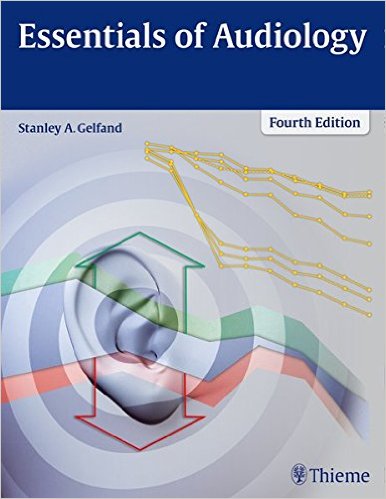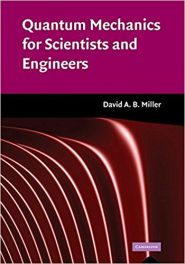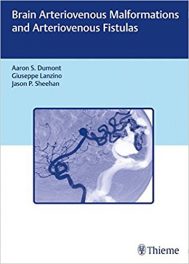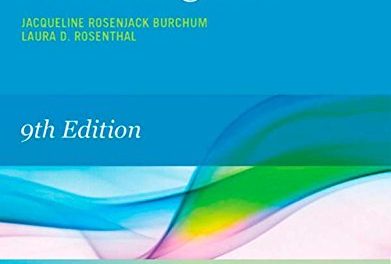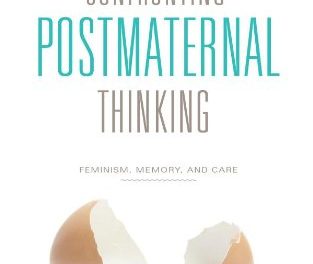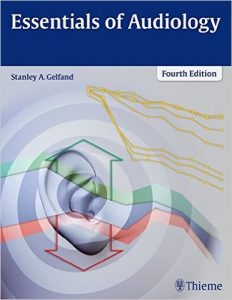 Author: Stanley A. Gelfand, PhD
Author: Stanley A. Gelfand, PhD
Publisher: Thieme – 536 pages, with 290 illustrations
Book Review by: Nano Khilnani
Audiology studies hearing and balance disorders, and practitioners in this field work to correct those disorders, as well as prevent hearing loss or impairment, and balance problems in the vestibular system.
According to the editor Dr. Gelfand, audiology practice also includes:
- Evaluation of the vestibular system
- Hearing conservation
- Noise assessment
- Physiological monitoring of various neurological functions during surgical procedures
This large book on the essentials of audiology consists of 17 chapters, namely:
- Acoustics and Sound Measurement
- Anatomy and Physiology of the Auditory System
- Measurement Principles and the Nature of Hearing
- The Audiometer and the Test Environment
- Pure Tone Audiometry
- Auditory System and Related Disorders
- Acoustic Immittance Assessment
- Speech Audiometry
- Clinical Masking
- Behavioral Tests for Audiological Diagnosis
- Physiological Methods in Audiology
- Assessments of Infants and Children
- Audiological Screening
- Nonorganic Hearing Loss
- Audiological Management I
- Audiological Management II
- Effects of Noise and Hearing Conservation
Dr. Gelfand writes that audiologists possess a broad base of knowledge on, and numerous skills needed in related disciplines including acoustics, education of the deaf and hearing impaired, engineering, hearing science, industrial hygiene, language-speech pathology, linguistics, medicine, musicology, physiology, psychology, and vocational counseling.
This book is a comprehensive introductory text on audiology, and has been written for those interested in practice in the fields of Audiology and Speech-Language Pathology.
This fourth edition published in 2016 includes changes and updates to the third edition. The new material includes:
- New developments like cochlear implants
- Other related technologies
- Electrophysiological assessment
- Advancements in clinical science
- The influence of systematic reviews
- Changes in guidelines
- Expert position papers
- Standards and regulations that affect clinical practices and technical matters
The chapters present materials in a very organized and systematic way. Each chapter begins with an introductory paragraph that provides an overview of topics to be discussed in the chapter, and the topics follow, providing discussions of the main points, accompanied by images such as charts, data tables, drawings, micrographs, photos (of instruments, patients, etc.), x-rays, and other illustrative items. Following all these is a section entitled Study Questions, then finally a typically lengthy list of References.
This is an excellent, well-organized and expertly-written introductory textbook for those who want to go into the clinical fields of Audiology and Speech-Language Pathology.
Among the important benefits of owning this book are that it:
- Covers new technology for electrophysiological assessment as well as bone-anchored hearing aids and cochlear implants
- Provides expanded discussion of management techniques, now in two separate chapters
- Shows almost 300 exquisite full-color images
- Presents questions and answers at the end of each chapter for study and review of essential topics
- Lists references in current literature, constituting an extensive bibliography
Author:
Stanley A. Gelfand, PhD is Professor in the Department of Linguistics and Communication Disorders at Queens College of the City of New York in Flushing, New York. He is also Director of the PhD Program in Speech-Language-Hearing Sciences and the AuD Program at the Graduate Center of the City of New York.

